Summit Lake (Okanogan County) Fishing Report
Rate this placeLast Updated: January 2, 2026
Summit Lake in Okanogan County, Washington, USA is a popular fishing destination that offers anglers a chance to catch several fish species, including rainbow trout, brook trout, and kokanee salmon.
°F
°F
mph
Wind
%
Humidity
Summary
These fish species are prevalent in the lake throughout the year, making it an ideal fishing spot for both beginners and seasoned anglers.
Apart from fishing, Summit Lake also offers several nearby activities such as hiking, camping, and boating. The nearby amenities available for visitors include picnic areas, restrooms, and a boat launch. Visitors can explore the surrounding areas, including the nearby Okanogan-Wenatchee National Forest.
Fishing tips for Summit Lake include using bait such as worms, power bait, or spoons to catch trout and salmon. Anglers can also try using fly fishing techniques, particularly for catching brook trout. It is also important to note that the lake has a depth of around 40 feet, so it is advisable to use a boat or float tube to get to deeper waters.
The best time to visit Summit Lake for fishing is from late spring to early fall. During this time, the average temperature ranges from 50°F to 80°F, making it comfortable for fishing and other outdoor activities. However, during the winter months, the lake may be frozen, making fishing impossible.
In summary, Summit Lake in Okanogan County, Washington, USA is an excellent fishing destination, offering anglers a chance to catch rainbow trout, brook trout, and kokanee salmon. Visitors can also enjoy nearby activities such as hiking and camping, and fishing tips include using worms, power bait, or spoons to catch fish. The best time to visit is from late spring to early fall, with an average temperature ranging from 50°F to 80°F.
Weather Forecast
Nearby Streamflow Levels
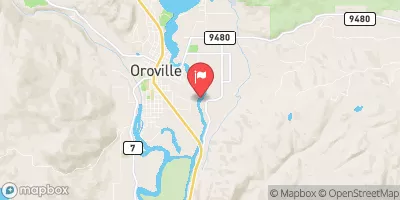 Okanogan River At Oroville
Okanogan River At Oroville
|
330cfs |
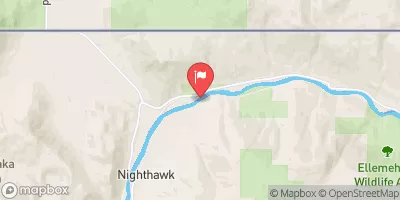 Similkameen River Near Nighthawk
Similkameen River Near Nighthawk
|
2160cfs |
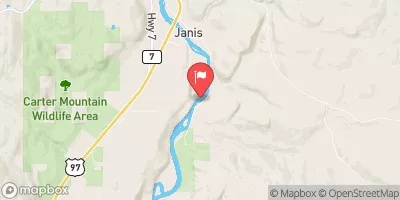 Okanogan River Near Tonasket
Okanogan River Near Tonasket
|
2530cfs |
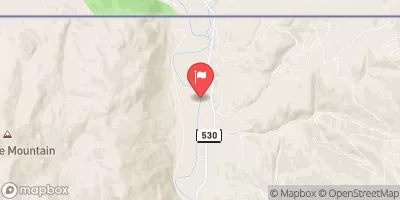 Kettle River Near Ferry
Kettle River Near Ferry
|
475cfs |
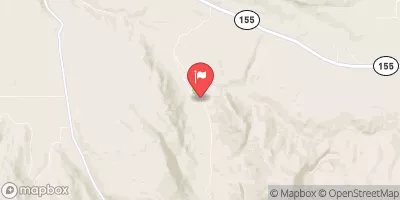 Omak Creek Near Omak
Omak Creek Near Omak
|
12cfs |
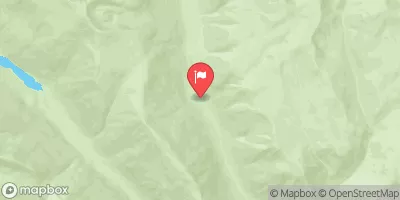 Andrews Creek Near Mazama
Andrews Creek Near Mazama
|
13cfs |
Angling Safety Guidelines
Check local fishing rules, seasons, size limits, and license requirements to ensure legal and sustainable angling.
Handle Fish Responsibly
Use wet hands, minimize air exposure, and release fish gently to improve survival rates when practicing catch-and-release.
Choose the Right Gear
Match your rod, line, and tackle to the species and conditions to increase success and reduce unnecessary harm to fish.
Respect the Waterway
Avoid disturbing habitat, prevent bank erosion, and keep a safe distance from spawning areas to protect ecosystems.
Keep It Clean
Pack out all line, hooks, bait containers, and trash—discarded gear can injure wildlife and degrade waterways.
Related Links
Area Campgrounds
| Location | Reservations | Toilets |
|---|---|---|
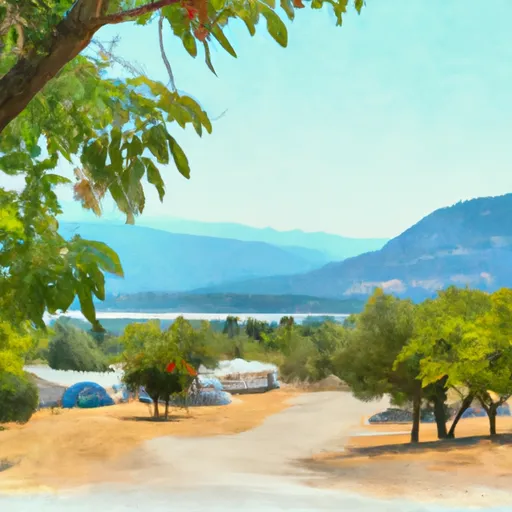 Osoyoos Lake Park
Osoyoos Lake Park
|
||
 Miners Flat
Miners Flat
|
||
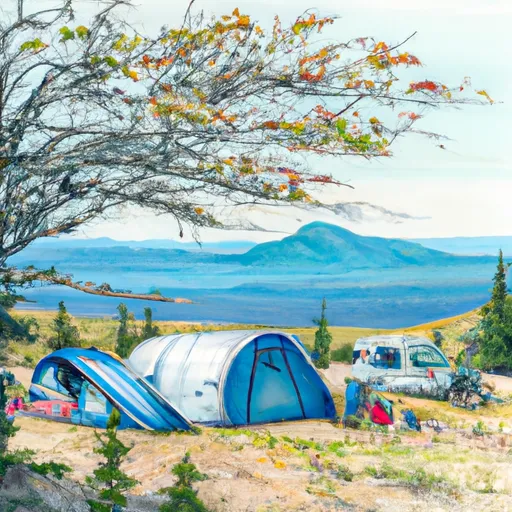 Palmer Mountain
Palmer Mountain
|

 Zosel Dam
Zosel Dam